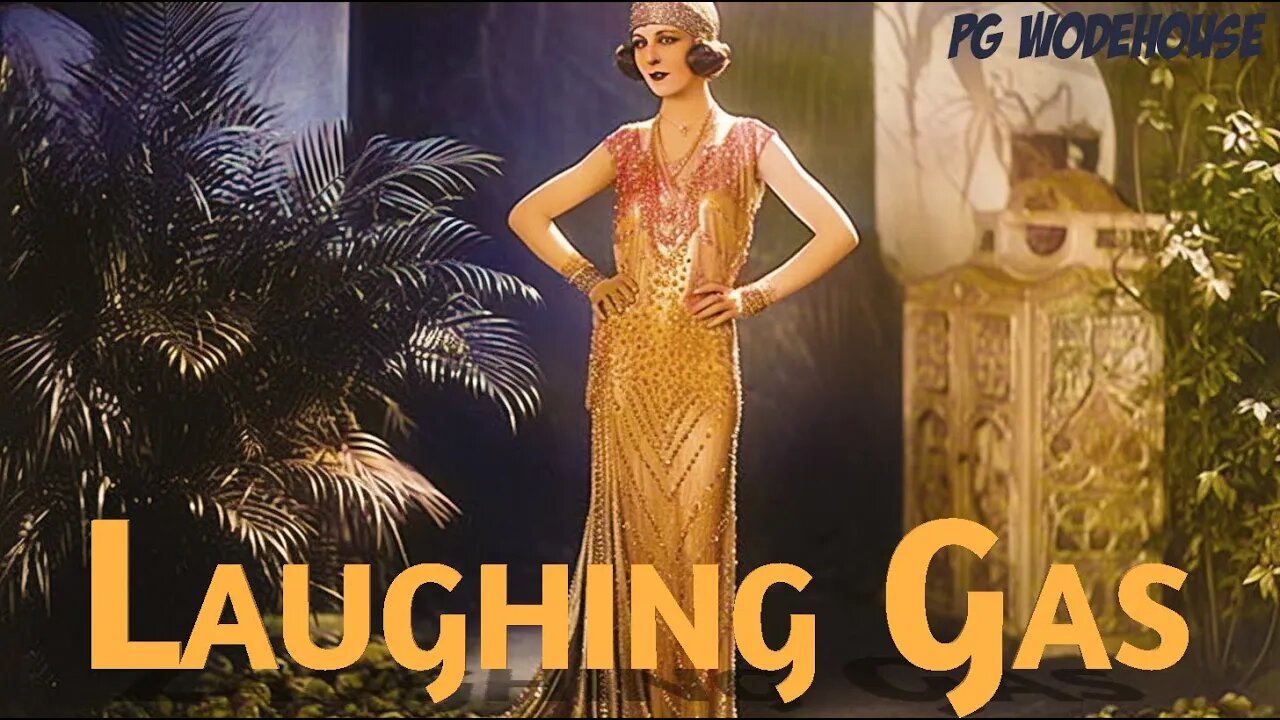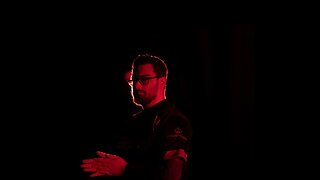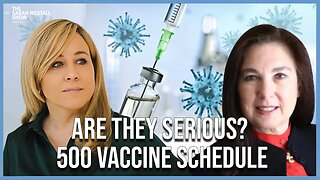Premium Only Content

Laughing Gas PG Wodehouse
P. G. Wodehouse's comic novel, Laughing Gas, was initially released in the United Kingdom on 25 September 1936 by Herbert Jenkins, London, and in the United States on 19 November 1936 by Doubleday, Doran, New York. The tale is narrated in the first person. It unfolded in Hollywood during the early 1930s, with the Great Depression mentioned twice. In contrast to Budd Schulberg's What Makes Sammy Run? (1941), which presents a more severe and critical view of the film industry and child stars, Laughing Gas is a lighthearted and purely humorous portrayal. Schulberg and Wodehouse both depict the tactics of aspiring screenwriters and actors on the lookout for employment. Still, Wodehouse's interpretation is not at all grave or censorious.
Drone Reginald Swithin, the third Earl of Havershot, is tasked by his aunt and family lawyer to go to Hollywood and bring back his cousin, Eggy, who is in trouble and engaged to an American gold digger. On the train to Los Angeles, Reggie falls in love with famous film actress April June, forgetting his mission until he meets Eggy at a party. Then, Reggie undergoes a tooth extraction procedure using laughing gas. He wakes up believing he has switched bodies with Joey Cooley, a 12-year-old movie star. In Joey's body, Reggie discovers the boy's daily routines and the constraints of his life at the Brinkmeyer estate.
Meanwhile, Joey, in Reggie's body, embarks on a tour of vengeance and even pushes Miss Brinkmeyer into the pool. Reggie realizes that April June is selfish and jealous of others' success. Reggie's ordeal ends when he switches bodies with Joey again after an accident, and they both have to flee the city. Reggie and Ann Bannister make up and plan to marry.
Wodehouse was a Hollywood writer in the 1930s, during which he wrote screenplays for Metro-Goldwyn-Mayer (MGM) and other studios. He began his Hollywood career in 1930 after being invited to write the script for the film "The Nut" based on his own novel. He subsequently wrote the screenplays for several other films, including "Thank You, Jeeves!" (1936) and "Step Lively, Jeeves!" (1937), both of which starred Arthur Treacher as Jeeves.
Despite enjoying the Hollywood lifestyle, Wodehouse found the work challenging and often frustrating. In a letter to his wife, he wrote that he found screenwriting "an ungrateful job," as the final product often differed from his original script. He also struggled with the fast-paced and unpredictable nature of the industry, once lamenting that he had been "stuck with the problem of how to end a film that hasn't got an ending."
However, Wodehouse did have some memorable experiences during his time in Hollywood. He socialized with many of the era's biggest stars, including Fred Astaire and Ginger Rogers. He was once invited to lunch by Charlie Chaplin. He also played a small role in the film "The Hollywood Revue of 1929," in which he appeared as himself.
Wodehouse ultimately returned to England in 1939, just before the outbreak of World War II. However, his experiences in Hollywood would later inspire some of his writing, including the novel "Laughing Gas," set in Hollywood during the early 1930s.
-
 LIVE
LIVE
DLDAfterDark
1 hour ago $0.01 earnedDLD Live! What Are Your Top 5 Guns??
164 watching -
 3:10:03
3:10:03
Mally_Mouse
5 hours agoSpicy Saturday!! - Let's Play: Lockdown Protocol w/Friends!
349K6 -
 LIVE
LIVE
Major League Fishing
3 days agoLIVE! - Bass Pro Tour: Heavy Hitters - Day 1
2,388 watching -
 LIVE
LIVE
SpartakusLIVE
5 hours agoWZ Solos || #1 Challenge MASTER brings you Saturday SPARTOONS
219 watching -
 LIVE
LIVE
Spartan (Pro Halo esports Player)
7 hours agoNo Scrims today so Ranked for a bit then SWTOR
154 watching -
 58:42
58:42
Sarah Westall
7 hours ago500 Vaccine Schedule, WHO & UN Deception, Cyborg Depopulation Agenda w/ Dr. Rima Laibow
26.8K10 -
 9:15
9:15
The Art of Improvement
2 days agoThe Power of Micro-Goals
3.38K1 -
 16:16
16:16
megimu32
14 hours agoKerplunk Unboxing: Loud, Chaotic & Definitely a Sibling Trap
2.58K12 -
 22:55
22:55
marcushouse
15 hours ago $0.42 earnedStarship’s Flight Plan Just Took an Unexpected Turn!
3.66K5 -
 1:29
1:29
Memology 101
1 day ago $0.27 earnedShe just SNITCHED on her ENTIRE party…😂😂😂
2.82K10